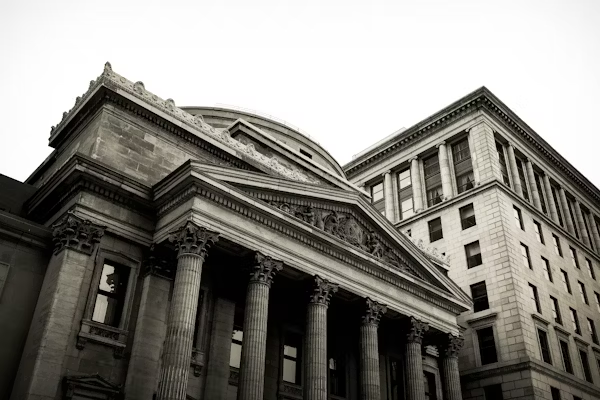The path of the U.S. economy remains shrouded in a certain degree of unpredictability, and the tools traditionally used to gauge the future of interest rates may not fully capture the intricate nuances of policymakers’ considerations. This was the sentiment expressed by a prominent central banker during a recent discussion at the 2024 Michigan Bankers Association Convention.
While expressing optimism that inflation could return to the Federal Reserve’s target of 2% within a year or two, the speaker acknowledged the inherent difficulties in forecasting the economic trajectory due to the U.S. economy’s tendency to deliver unexpected turns. This inherent uncertainty, it was noted, is not always fully reflected in the Federal Reserve’s so-called dot plot, a tool that maps out officials’ projections for interest rates.
The dot plot, while informative in some aspects, may not adequately convey the range of potential outcomes that policymakers grapple with. This constraint in expressing the level of uncertainty could be a significant factor in interpreting the tool’s projections. The central banker emphasized that the direction of the U.S. economy remains unclear, which in turn makes the timing of any potential interest rate cuts uncertain as well.
Policy decisions regarding interest rates will depend heavily on the evolving economic landscape, particularly the trajectory of inflation. Should inflation prove persistent, interest rates may remain elevated for a longer duration. Conversely, a decline in inflation could pave the way for a quicker normalization of rates. The economic fundamentals, therefore, will play a pivotal role in shaping the future monetary policy.
Reflecting on the inflation situation, the speaker noted a sense of progress in the latter part of the previous year, with inflation seemingly on track to return to the Fed’s 2% target. However, this progress appeared to stall in the first quarter, necessitating a revised timeline for achieving the inflation goal. While the Fed may consider cutting rates before inflation hits 2%, this would hinge on a strong conviction that inflation is on a sustainable downward path.
A key factor contributing to the complexity of the economic landscape is the remarkable resilience demonstrated by the U.S. economy. Despite the challenges, the fundamental pillars of the economy remain robust, with low unemployment rates and businesses actively competing for workers. While there are indications of some softening around the edges, the overall economic outlook remains positive.
In conclusion, the path forward for the U.S. economy remains uncertain, with policymakers navigating a dynamic and evolving landscape. The tools used to predict interest rate movements may not fully capture the complexities and uncertainties that lie ahead. However, the resilience of the U.S. economy and the ongoing commitment to achieving price stability offer reasons for cautious optimism. The Federal Reserve’s future decisions on interest rates will be closely intertwined with the evolving economic data, particularly the trajectory of inflation.


